ADAPTATION IN ACTION
From hardier goats to flood resilience — how climate finance helps communities adapt to environmental hardship
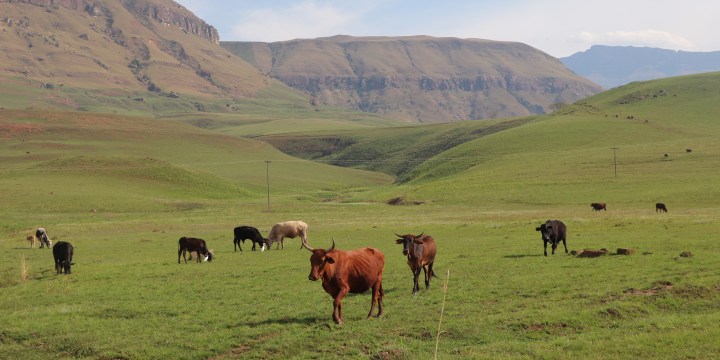
As the world gears up to meet for yet another climate conference in Dubai, negotiating funding and highlighting shortfalls might seem pointless and demoralising. But there are tangible projects on the ground in SA, working with real people, that demonstrate why the finance and fight for these climate responses are worth it.
‘Adaptation is necessary because climate change is already happening,” said Dr Mandy Barnett, the Chief Director for Adaptation Policy and Resourcing at the South African National Biodiversity Institute (Sanbi).
“And people who didn’t cause it are bearing the brunt of it.”
Last week, the UN Environment Programme (Unep) released its annual Adaptation Gap Report which revealed that funding developing countries’ need to deal with the present impacts of climate change (adaptation finance) is 50% bigger than previously thought, with estimates of the current adaptation finance gap now between $194-billion and $366-billion per year.
Read more in Daily Maverick: Big shortfall in climate funding needed by developing countries is ‘hugely worrying’ – UNEP
While this was described as “hugely worrying” by Unep executive director Inger Andersen, it must not be seen as demoralising, but motivating.
Climate adaptation projects have the potential to change – and already have changed – vulnerable communities’ lives in the face of climate change that will increase the frequency and intensity of extreme climate events.
$10m adaptation projects under way in SA
Barnett explained to Daily Maverick that Sanbi, a national entity that researches, monitors and reports on biodiversity in South Africa, is a “direct access entity” of both the Adaptation Fund and Green Climate Fund (global climate funds) – which is one of the ways that South Africa can access resources for climate adaptation.
“What that means is that, instead of these big funds only being accessed by international intermediaries [like the UN or World Bank], there’s a mechanism for national entities to become accredited and directly apply for funding” said Barnett.
“This is important because direct access enables developing countries to have more agency in the way they respond to climate change, and access associated resources.”
In 2015, Sanbi secured $10-million, or R109-million – at the time the cap for funding per nation – from the Adaptation Fund for two projects that used local adaptation responses to deliver direct benefits for vulnerable communities.
The first project – the small grant facility project – supported locally led adaptation in 12 communities in SA, from providing water tanks, to growing climate-smart vegetable gardens, to climate-proofing shelters for herders to protect them from extreme weather events.
One of the 12 beneficiaries of this project was the Leliefontein and Nourivier farming communities in the Northern Cape, who have been farming goats and sheep to support their livelihoods for a very long time.
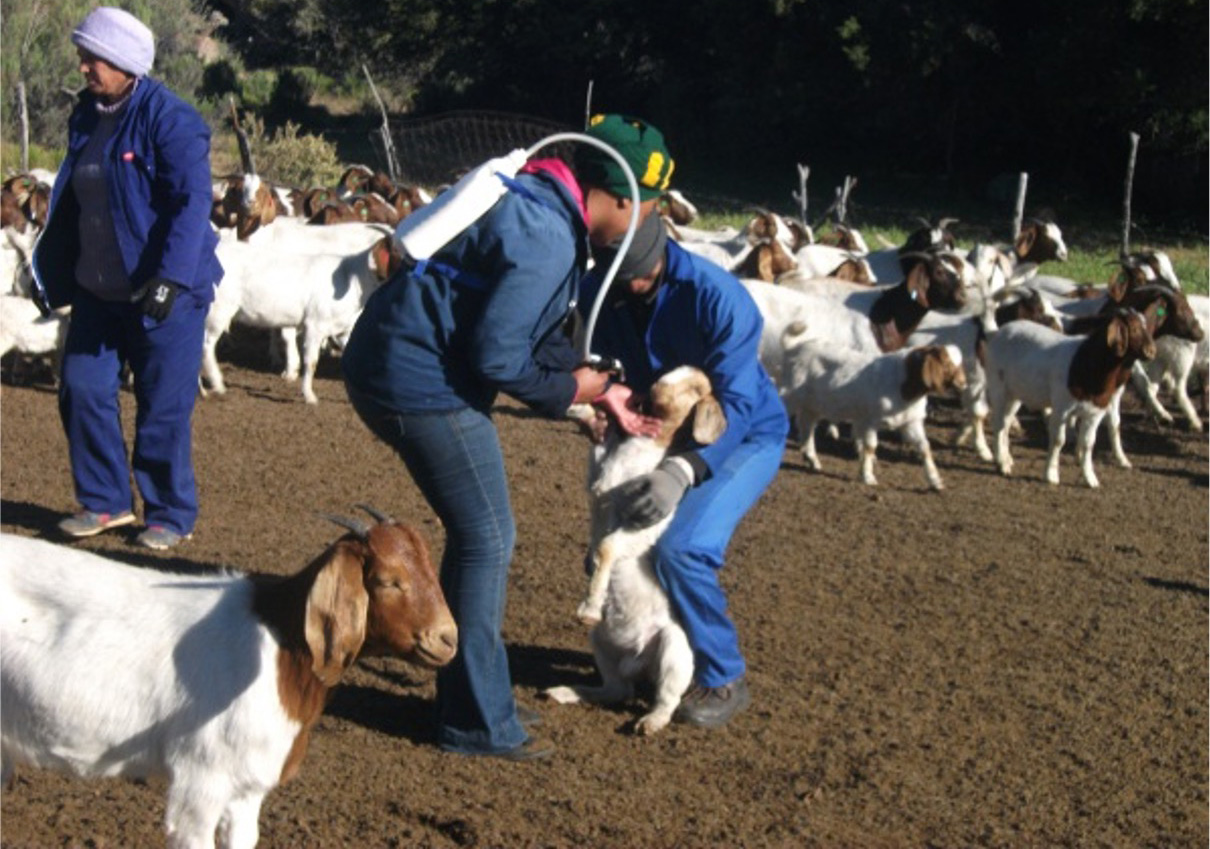
The Leliefontein and Nourivier farming communities tend to their climate-resilient livestock, beneficiaries of the Adaptation Fund. (Photo: Sanbi)
However, their local livestock breeds have struggled to cope with the extreme heat, scarcity of water and cold temperatures in a changing climate, affecting farming communities’ food and livelihood security.
So in 2016, R1.3-million from the Adaptation Fund was provided to an NGO that helped the community buy livestock that were genetically a little bit different from the livestock they had – climate-resilient breeds which are heat- and drought-tolerant.
The community were able to interbreed these animals with their livestock and produce offspring better able to cope with the new conditions that climate change is bringing.
Barnett said that this type of project is exactly what Sanbi aimed to deliver. “We want real people who are impacted by climate change, having their lives really improved through the interventions that are supported.”
How protecting biodiversity can help us deal with climate change
As a Direct Access Entity of the Green Climate Fund – which is much bigger than the Adaptation Fund – Sanbi is developing a pipeline of project proposals that build ecosystem-based approaches to help South Africa respond to climate change.
The first three proposals, which have a combined grant value of $80-million, are ecosystem-based adaptations to disaster risk reduction, for smallholder farmer systems and for water security.
Barnett explained that ecosystem-based adaptation – that uses biodiversity and ecosystems to help people adapt to the adverse effects of climate change – is one of the responses to climate adaptation, which Sanbi (as a biodiversity institute) champions to link biodiversity and climate change.
For years the scientific community has been highlighting how climate and biodiversity issues are interlinked – not only do depleted ecosystems contribute to climate change, and vice versa, but strong ecosystems can be used to enhance our resilience to anthropogenic climate change.
“If you keep your ecosystems intact, whether there are climate extremes … the ecosystems will be able to cushion us from the impact of climate change,” said Shonisani Munzhedzi, CEO of Sanbi.
An example is Sanbi’s emerging ecosystem-based disaster risk reduction project proposal, which looks at how biodiversity-based interventions can lessen the impacts of floods and droughts.
While floods and droughts are naturally occurring phenomena, what climate science has told us is that climate change will make extreme events like these more frequent and intense.
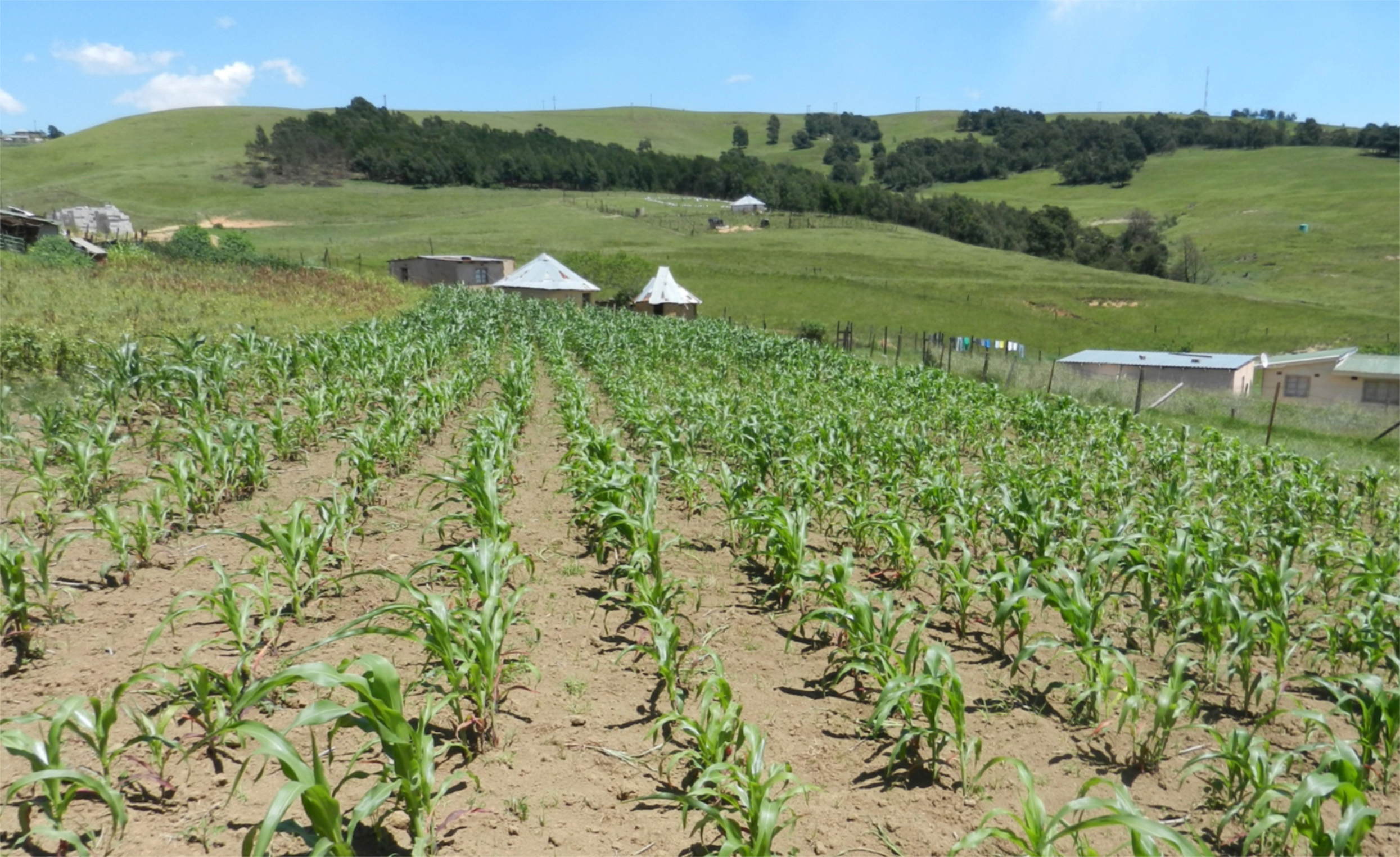
A smallholder farming system in the uMngeni Resilience Project, uMgungundlovu District Municipality. (Photo: Sanbi)
Barnett explained that if, for example, wetlands and catchments are functioning properly, they will slow down floodwater so that it moves in a much less damaging way through settlements.
The catchment example can also apply to Sanbi’s ecosystem-based adaptation for water security proposal, which looks at how SA can secure its strategic water source areas – which are the 10% of the land that “produces” 50% of the runoff.
“If we look after the places where the water comes from in the first place, we will have better and more predictable runoff from those areas,” explained Barnett.
“Most of the water that we have in South Africa comes from very, very few places, and these are called our strategic water source areas,” said Barnett, “and this project is going to look at how we make sure that our ‘water factories’ essentially continue to function to provide water for our economies and societies.”
Barnett explained that if a catchment area is degraded, when it rains, instead of the water slowly entering the soils (groundwater recharge), it runs off the land quickly, taking some of the topsoil with it, silting up downstream infrastructure like dams and affecting the dams’ capacity and water quality, as well as damaging infrastructure like roads and bridges. If wetlands are degraded, they are also not able to purify water and slow it down.
Getting money to the ground is complex, but worth it
“When it comes to the international climate finance space, there are lots of barriers that prevent the finance from flowing to the ground,” reflected Barnett, saying she’s not surprised by Unep’s findings.
Barnett emphasised that along with the huge funding gap, accessing the available funding is complicated because the systems are complex and adaptation responses are granular.
“Each person that is affected by climate change is affected differently, depending on what their life is and who they are,” said Barnett, explaining that this means developing climate adaptation projects can take a long time and be resource heavy because there isn’t a one-size-fits-all cookie-cutter approach.
But Barnett said while there were many challenges and obstacles, at the same time there were “good opportunities and a lot of energy to unlock resources and implement a range of activities that will be transformative for vulnerable communities”. DM
This story first appeared in our weekly Daily Maverick 168 newspaper, which is available countrywide for R29.






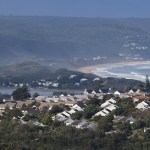

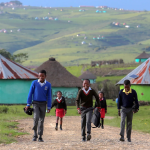











 Become an Insider
Become an Insider
Comments - Please login in order to comment.